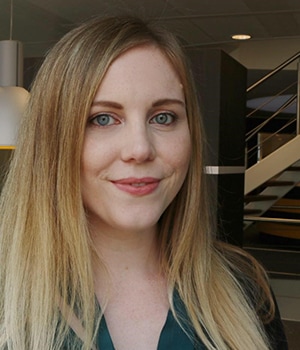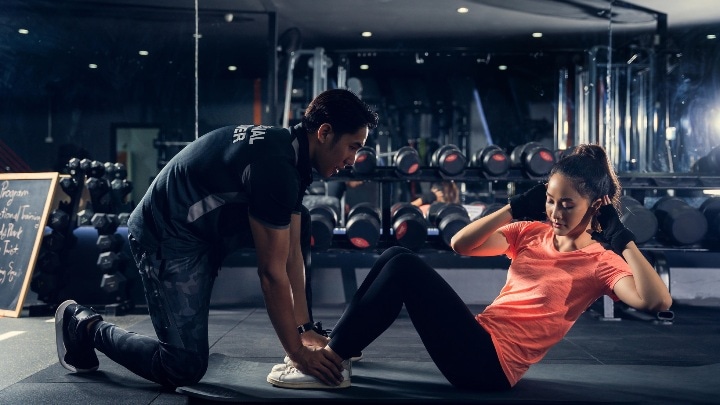June 2, 2020
As the world looks for biosecurity answers, we can take lessons from agriculture
In 2013, a deadly pandemic swept across North America. The cause: a coronavirus that had already raged across China and the Far East. The mortality rate was catastrophic. The victims of this virus were pigs – and the farmers and agricultural workers whose livelihoods depended on them.
As the world learns to deal with the implications COVID-19, there are lessons we can learn from agriculture and from the farmers who have spent decades with the reality of animal pandemics. Signify company Once has a unit that specializes in innovative solutions that use light to stop the spread of disease in animals. Now, these technologies are set to play an even more vital role.
“In 2013 and 2014, we lost more than ten percent of piglets in the United States to a condition caused by a coronavirus: Porcine Epidemic Diarrhea (PED). Mortality rate for piglets was above seventy percent. This is just one of the animal pandemics we’ve seen,” says Once Business Leader, Zdenko Grajcar.




